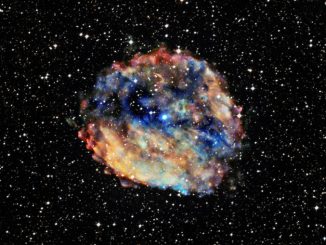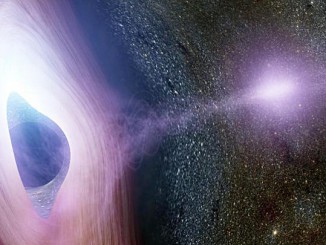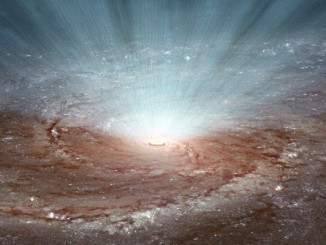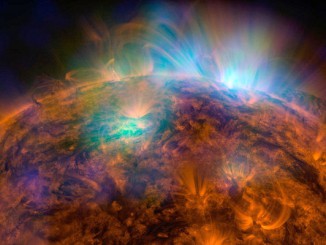
Starvation diet for supermassive black hole dims brilliant galaxy
Astronomers may have solved the mystery of the peculiar volatile behaviour of a supermassive black hole at the centre of a galaxy known as Markarian 1018 some 590 million light-years away. Combined data from NASA’s Chandra X-ray Observatory and other observatories suggest that the black hole is no longer being fed enough fuel to make its surroundings shine brightly.








